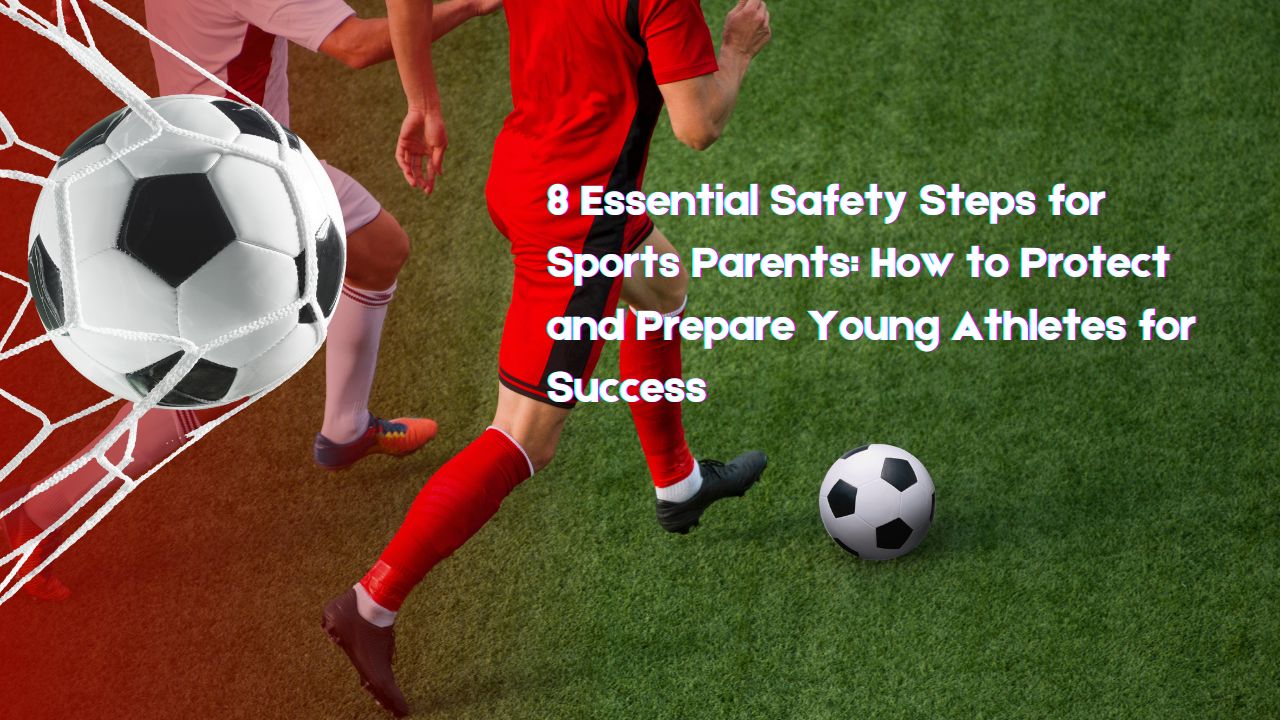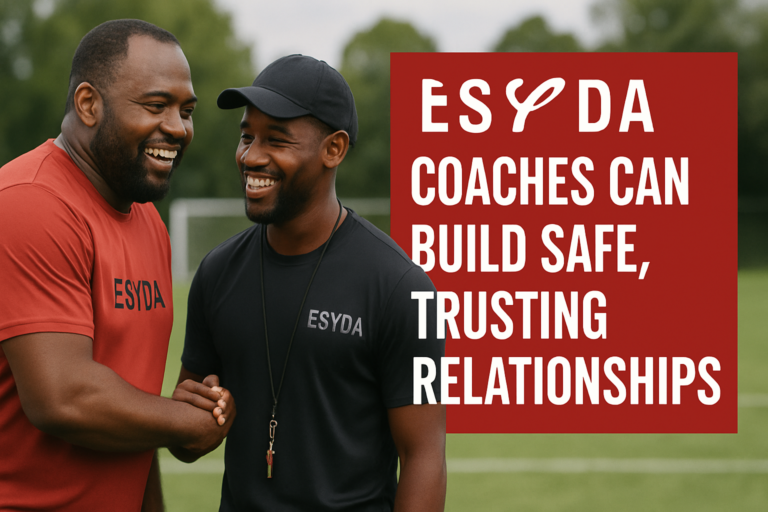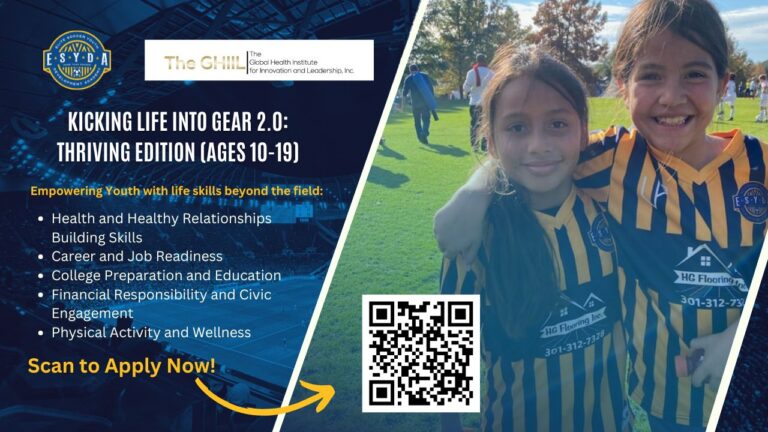8 Essential Safety Steps for Sports Parents: How to Protect and Prepare Young Athletes for Success
One of the best ways sports parents/caregivers can set their athletes up for a positive sports experience is by proactively focusing on injury safety. The following procedures will help sports parents/caregivers set their athletes up for safety success:
- Getting a Physical
- Obtain a physical exam for your athlete before they begin a season or league. This is the most effective way to screen for any preexisting conditions and identify any potential injury risks.
- Obtaining the Appropriate Sports Gear
- Understand the proper equipment needed for your athlete’s respective sport and acquire the right size with the appropriate fit.
- Organizations such as Play It Again Sports buy, sell, and trade quality used sports equipment at discounted prices, while Good Sports and Leveling the Playing Field partner with sports organizations to provide equipment to ease the burden of purchasing gear.
- Continuously check/monitor the condition of the gear on a weekly basis throughout the season and verify that the equipment is working correctly at all times.
- Treading Lightly with Extra Training
- Monitor your athlete’s outside-of-sport training to ensure slow and steady increases in intensity. Your athlete’s injury risk will rise if they put too much strain on the body too quickly – a gradual progression will allow the muscles and cardiovascular system to increase their level of condition as training ramps up.
- A good rule of thumb is to abide by the “10 percent rule”: Do not increase training activity, weight, mileage, or pace by more than 10 percent per week. This will give your athlete’s body ample time to recover.
- Resting, Recovering, Repeating
- Educate your athlete on the importance of getting a full night’s sleep. Encourage them to go to bed at a consistent time and not to stay up too late. Proper rest and sleep will help replenish their energy to full strength and prepare them for the next competition.
- Nurturing Positive Nutrition Habits
- Support your athlete in developing positive nutrition habits that help fuel their performance and overall well-being. When possible, provide balanced meals with the nutrients they need to stay healthy and active. We recognize that access to fresh, nutritious food isn’t always easy, and we encourage families to explore community resources and support systems that may be available to help.
- Organizations like Feeding America and The Common Marketplace have networks nationwide that provide affordable, healthy food options for communities.
- Support your athlete in developing positive nutrition habits that help fuel their performance and overall well-being. When possible, provide balanced meals with the nutrients they need to stay healthy and active. We recognize that access to fresh, nutritious food isn’t always easy, and we encourage families to explore community resources and support systems that may be available to help.
- Preparing for the Weather
- Properly prepare for extreme weather conditions with the necessary attire and hydration to prevent heat exhaustion or heat stroke during extremely hot temperatures or frostbite or hypothermia during extremely cold conditions.
- Parents/Caregivers and coaches should pay close attention to ensure that all athletes are hydrated and appropriately dressed.
- Parents/Caregivers could also support the team community by alerting the other parents/caregivers when extreme weather conditions are expected.
- Staying Informed
- Take the time to stay informed about proper injury prevention strategies and actively incorporate these into your athlete’s routine. Be sure the sports program or school has an action plan that includes information on how to teach athletes ways to lower their chances of getting a concussion and how to prevent other injuries.
- Setting the Tone
- Communicate positive safety messages and serve as a model of safe behavior through your actions.







